Receding gums are very common, especially in older people. When the gums recede, they begin to pull away from the surfaces of the teeth, creating a gap that leaves tooth roots exposed and that welcomes the accumulation of bacteria and plaque. This can make the teeth appear longer as the gums recede, affecting the appearance of the gum line while compromising the oral health. Because this often happens gradually, you may not notice when your gums first start receding, but your dentist will. To stop receding gums from getting worse, dental intervention is necessary, and improved oral hygiene habits can help maintain the stability of the gum tissue and prevent additional damage. While receding gums might not have noticeable symptoms, the issue can be accompanied by symptoms like visible swelling or redness, bleeding after brushing or while flossing, sensitivity at the tooth roots, and bad breath or a bad taste in the mouth. When left untreated, gum recession will progress and could lead to tooth loss and bone loss, but with dental intervention, it’s possible to halt recession and restore the health and appearance of the teeth and the oral cavity.
There are several different factors that contribute to gum recession. In some cases, gum recession is a sign of gum disease, which is most often caused by poor oral hygiene. Some patients with a family history of periodontal disease, or those with certain medical conditions, like diabetes, may be more prone to gum recession, and certain medications can also contribute to gum recession. Smokers and patients who use tobacco face an increased risk of gum recession and periodontal disease, along with all the other complications that come with tobacco use. Patients with improperly aligned teeth and patients who habitually clench or grind their teeth are more susceptible to gum recession, and patients who consistently brush their teeth aggressively or with a toothbrush that is too hard can also damage their gum tissue and cause it to recede. Regardless of the cause of gum recession, the first step toward stopping their progression is to see your dentist.
At your dental examination, your dentist will measure the pockets that have formed where the gums have receded, checking for gum disease and evaluating for other possible causes of receding gums. If gum disease is present, your dentist will refer you for periodontal treatment, which includes a dental deep cleaning treatment called scaling and root planing. This treatment cleans and resurfaces the areas below the gum line where plaque and tartar have built up, allowing the gum tissue to comfortably return to its ideal position.
In many cases, periodontal treatment restores the oral cavity to health; when damage is severe, the gums can be repaired with flap surgery or gum grafts, or your dentist may recommend using dental bonding materials to rebuild the gums and protect the teeth from future irritants. When the gums recede due to underlying causes, treating these issues can stop gum recession, and continued effective oral hygiene can help keep it at bay. If your gums are receding because you’re brushing improperly, your dentist can recommend an electric toothbrush or provide bruising instructions so you can learn to clean your teeth gently and effectively without further damage to the gums. With dental attention and some lifestyle changes, it’s possible to stop receding gums from getting worse and preserve the appearance and health of the oral tissues.
